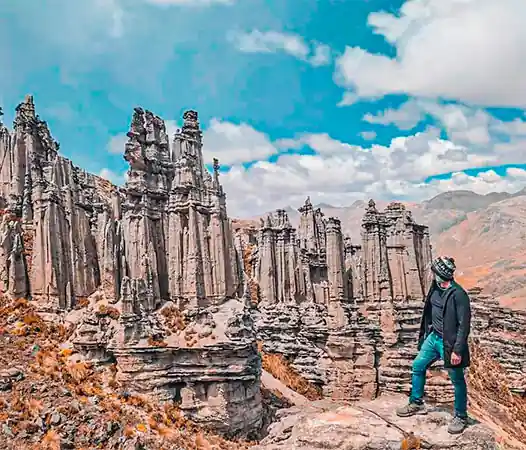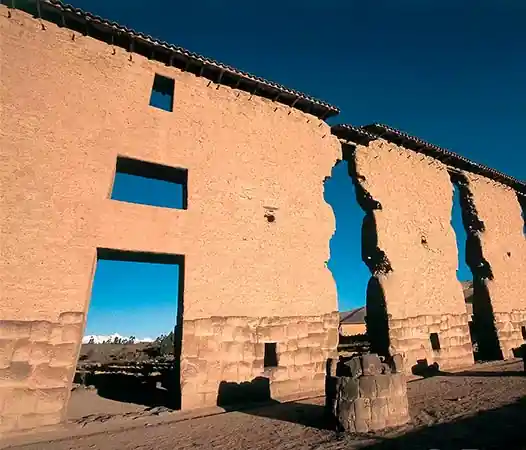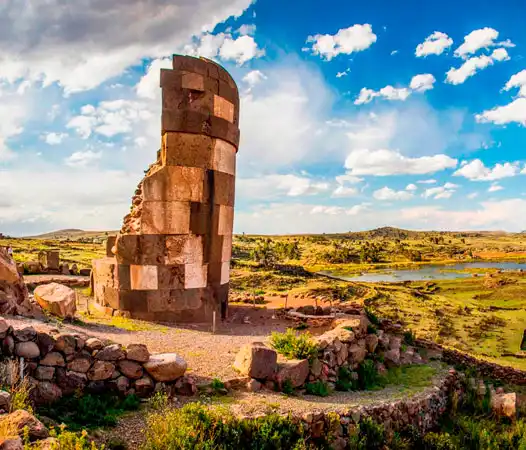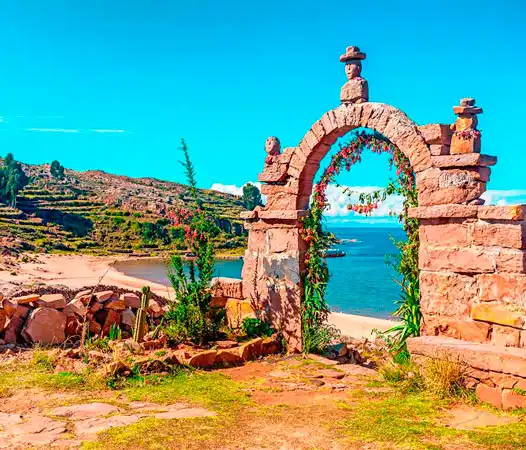Excursion to the Quechua route
- 10k reviews 11 h
The immensity of Lake Titicaca is not the only attraction Puno has to offer. The city and the highland region hide, among their plateaus and pampas, and within the rhythms of music and dance that have earned it the title of “Folklore Capital” of the country, a whole range of natural, archaeological and cultural treasures waiting to be explored.
Dare to set off along the so-called Quechua Route, a full-day experience with no boat crossings or landings on totora-reed islands. Instead, leave Puno behind in search of the chullpas of Sillustani, the funerary towers built by the Qolla and Inca peoples as a way of defying oblivion and seeking eternity.
Life and death meet here in an archaeological site whose grandeur is magnified by its closeness to Lake Umayo. That’s just the beginning of a fascinating journey that continues in Lampa, the “Pink City”, where faith is transformed into art in its colonial temple, and nature takes centre stage with the presence of titancas or puya Raimondi.
These are the largest bromeliads in the world, growing up to 12 metres tall and living for as long as a century. Incredible—just as astonishing as the stone art in the Pucará Museum, where stelae and monoliths carved by the ancient inhabitants of the Altiplano are on display. On the Quechua Route, the past is always alive and present. Come and discover it with us.
Itineray
Around 07:00 in the morning is the perfect time to begin the Quechua Route. At that hour, your guide will pick you up from your hotel or accommodation, provided you are staying in the centre of Puno (3,827 m a.s.l.), proudly known as the “Capital of Peruvian Folklore”.
From there, you’ll set off in private transport towards the monumental Chullpas of Sillustani (3,840 m a.s.l.). Your first stop lies in the district of Atuncolla, just 34 km northwest of Puno.
If you’d like more details about the conditions of this tour, have a look at the Details & Notes tab.
When the Qolla people ruled the Altiplano, the mummified bodies of their leaders were placed inside impressive and colossal stone structures. Whether rectangular or tower-shaped, these constructions were always aligned towards the east.
This alignment was neither coincidence nor whim—it was meant to provide the deceased with a “symbolic communication” with the Sun God, through the small doorway featured in each striking chullpa of the complex.
In Sillustani, there are 90 structures in total. The most iconic is the Lizard Chullpa, named after the reptile carved in high relief on one of its stones. It stands 12 metres tall, and its entrance is perfectly aligned with the rising sun.
When the Incas expanded their influence into the Altiplano, they continued the tradition of building chullpas. Traces of these “Children of the Sun” can still be seen in Sillustani, an archaeological site whose splendour is heightened by the breathtaking presence of Lake Umayo nearby.
From the eternal dreams of the Qolla people to the ever-colourful and charming town of Lampa (3,892 m a.s.l.). Capital of the province of the same name, it is affectionately known as the “Pink City” thanks to the rosy hue of the buildings that brighten up its historic centre.
After a scenic one-hour drive, you’ll arrive in Lampa to visit the Church of Santiago Apóstol. Built between 1675 and 1685, this gem is considered a masterpiece of colonial religious architecture.
Its unique beauty lies in the use of sillar rosado (a pink volcanic stone) and the traditional calicanto technique. The church dominates one side of the main square, and inside you’ll find a replica of Michelangelo’s world-famous sculpture, La Pietà.
In Lampa you’ll also come across the largest bromeliads on the planet: the titancas or puya Raimondi. These fascinating plants can reach up to 12 metres in height and live for a century, only dying after they bloom.
Before continuing to the district of Pucará, you’ll have the chance to step into the library of Enrique Torres Belón (Lampa, 1887 – Lima, 1969), a local engineer and politician who generously donated to his hometown the books and volumes he treasured throughout his prolific life.
In Peru, lunchtime is always a celebration. On the Quechua Route from Puno, your taste buds will be delighted by the flavours and aromas of the traditional dishes prepared in Pucará, where you’ll arrive at around 13:00 hours.
In this district of the Lampa province, your guide will suggest several local restaurants. Be adventurous and try the alpaca meat, along with chuño or moraya (dehydrated potato), both classic ingredients of the Altiplano cuisine.
Opened in 1999, this museum safeguards and displays an impressive collection of granite stelae and monoliths with zoomorphic and anthropomorphic figures, carved with extraordinary skill by the ancient inhabitants of Pucará.
Many of these pieces were “rescued from oblivion” in the 1970s, when archaeological excavations took place at Kalasaya, a ceremonial centre of the Pukara culture (500–380 BC).
During your visit, you’ll come across the striking representation of the Staff God, a divine being linked to water worship and considered a forerunner of the iconic figure found on the Sun Gate of Tiwanaku in Bolivia.
And here’s a little extra: before leaving the district, don’t miss the famous Toritos de Pucará (little bulls of Pucará), one of Peru’s most beloved handicrafts. Tradition says these charming bulls protect homes by keeping evil spirits away.
The Quechua Route of Puno wraps up at around 18:00 hours, with the bus dropping you off in the Historic Centre, just a short walk from Puno’s main square.
If you’ve booked a private tour, we’ll make sure you’re taken directly back to your hotel.
Price
The prices shown in the table are:
- Per person in US dollars ($).
- Pple. = people.
- Group = group service, shared.
| Pple. | Group | Private |
| 1 | $32 | $210 |
| 2 | $32 | $110 |
| 3 | $32 | $80 |
| 4 | $32 | $70 |
| 5 | $32 | $60 |
Details
| Details | Group | Private |
| Schedule | 07:00 to 18:00 | You decide |
| Days | Every day | Every day |
| Language | es/en simultaneously | es or en |
| Size | 15 to 30 pax. | You and your friends |
| Included | Group | Private |
| Pick up from your hotel | ✅ | ✅ |
| Meal | ❌ | ❌ |
| Professional Guide | ✅ | ✅ |
| Driver | ✅ | ✅ |
| Tourist vehicle | ✅ | ✅ |
| Tickets for Sillustani: 15 Soles pp | ❌ | ❌ |
| Tickets for the Lampa church: 5 Soles pp | ❌ | ❌ |
| Tickets to Pucara museum: 15 Soles pp | ❌ | ❌ |
| Personalized service | ❌ | ✅ |
| Drop off at your hotel | ❌ | ✅ |
Accessibility: Not suitable for people with reduced mobility.
What do I bring?
- Sweaters.
- Rain ponchos.
- Anti-slip shoes.
- Caps or hats.
- Sunglasses.
- Sunscreen.
- A bottle of water.
- Tablets for high altitude sickness.
- Local currency in cash for your entrance tickets.
- (*) Dollars, Euros and cards are not accepted.
- (*) You can buy the entrance tickets the same day of your tour.
WhatsApp:
Notes
Pick-ups and timings
Group tours:
- All pick up times and tour ending times are approximate.
- We will pick you up as long as you are in the historic center; otherwise, we will coordinate another meeting place.
- If your hotel doesn’t have a car access, the streets are one-way only or there is a lot of car traffic, then you will walk some blocks to get in the bus.
- We may not pick you up for some tours due to schedules, festivals and strikes.
- When being picked up, we will call for your name, lastname and tour destination; otherwise, don’t get on the bus.
- We will coordinate all pick-up time details one day prior your tour.
Private tours:
- Your pick up time is sharp on time.
- We will do our best to pick you up from your hotel regardless your hotel location.
- We will coordinate all pick-up time details one day prior your tour.
- Your tour ending time is still aproximate; however, we will do our best to end the tour on the scheduled time.
Vehicle type and seats
Vehicle types — group tours and private tours:
- We implement vehicles authorized by the Ministry of Transportation of Peru.
- The type and size of vehicle will always depend on the group size.
- We implement modern vehicles with air conditioning: H1, Van, Renault and Sprinter.
Seats — group tours:
- You book a seat in the bus — you don’t necessarily book a specific number of seat.
- If you are picked up first from your hotel, then you can can choose some seats.
- Your pickup time will depend on your hotel location.
- Travel partners or couples seat together to 95%; however, we don’t warranty this will happen to 100%.
Meal
- The tourism infrastructure for this tourist destination is basic.
- There are basic vegetarian options.
Operability and itinerary
This tour is subject to variation without any prior notice, due to weather conditions, strikes and any other event that doesn’t allow the normal tour operation.
Cancellations
The cancellation is free as long as you do it 48 hours in advance; otherwise, a fee of 100% of the tour cost will apply.
By booking this tour, you agree to our general terms and conditions.
Reviews
Please, scroll down to see reviews.
No hidden fees or surcharges
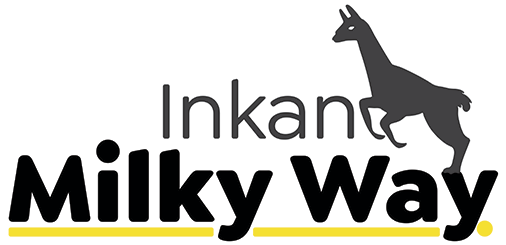
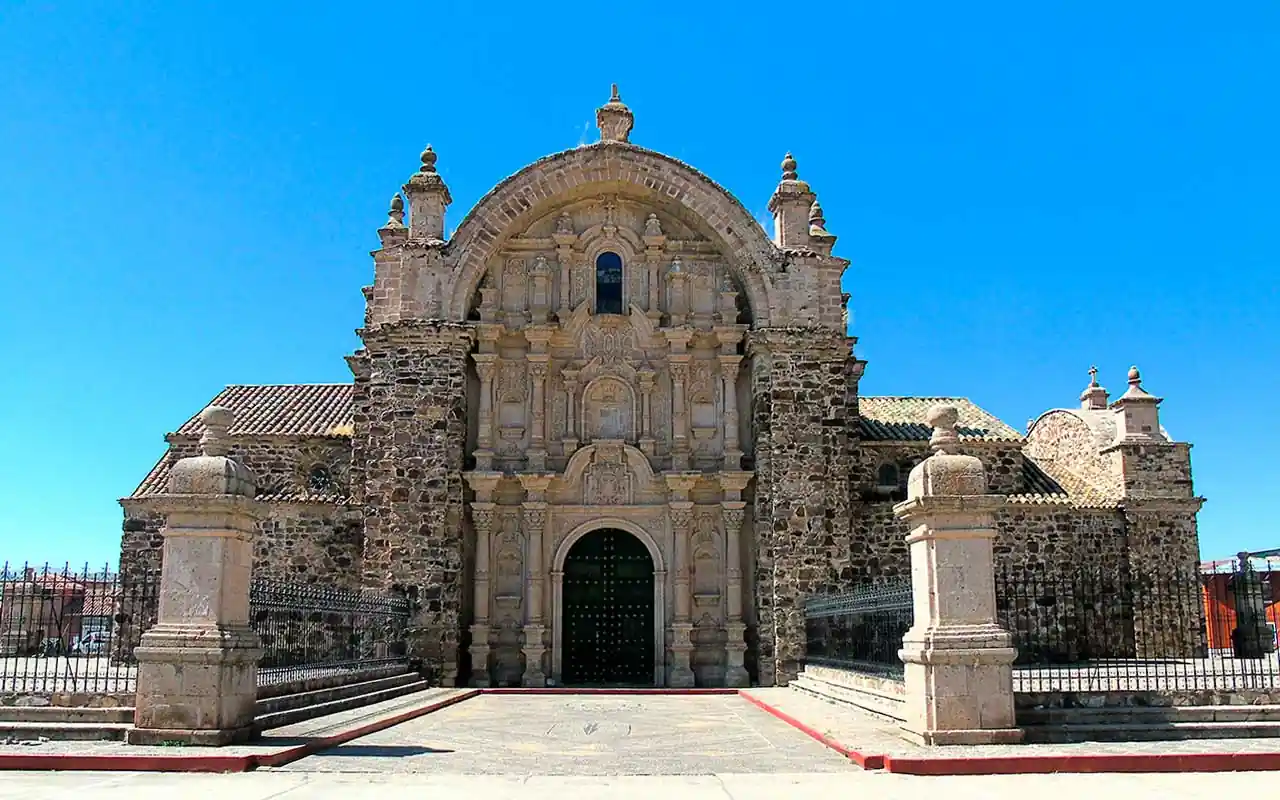
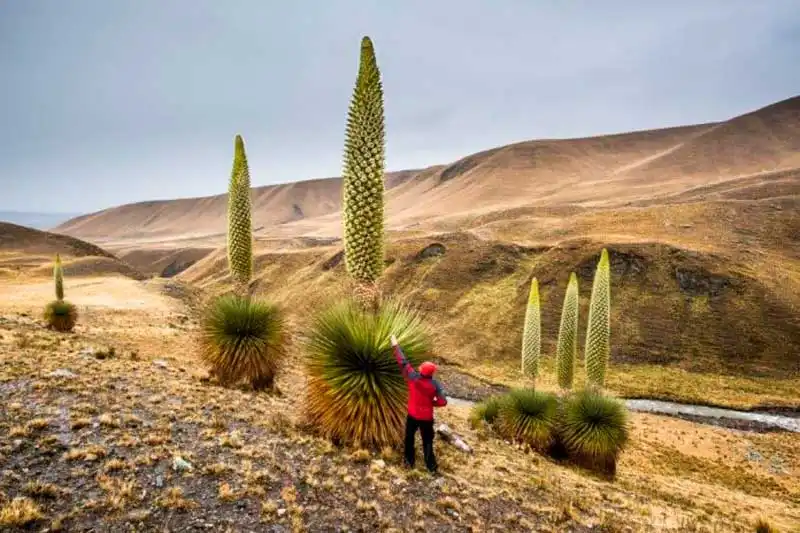
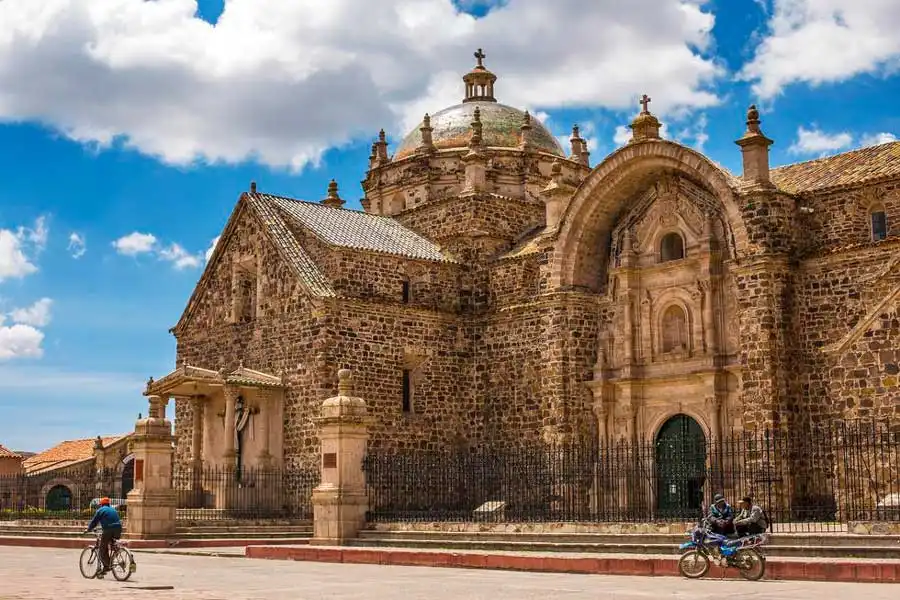
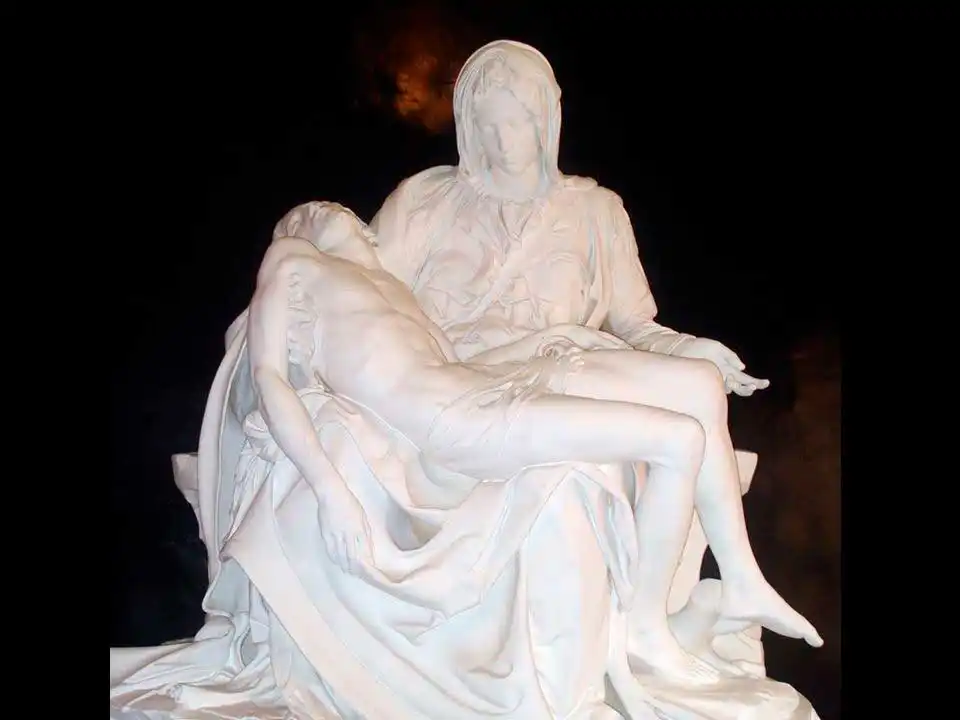
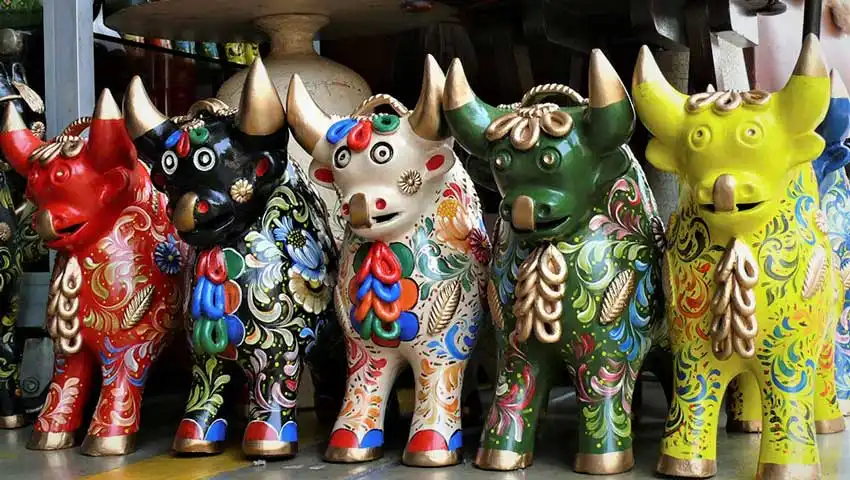
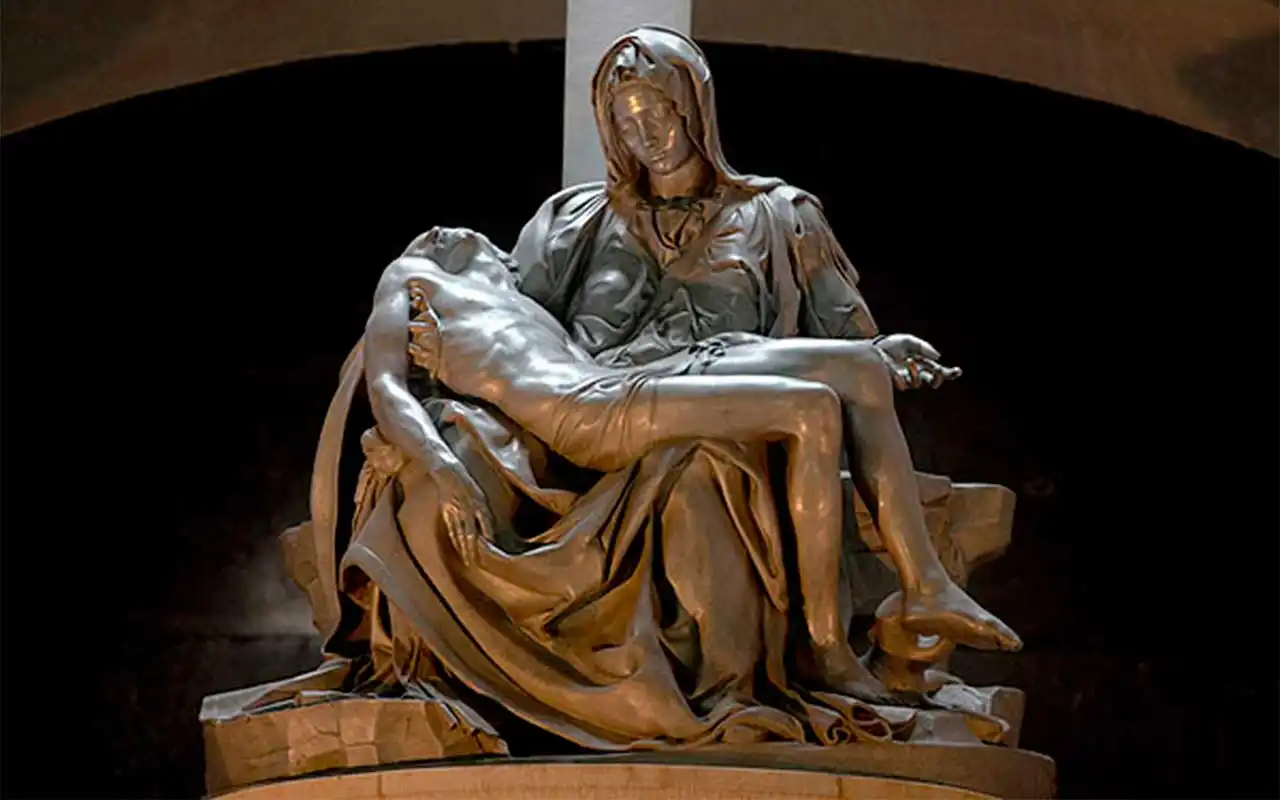
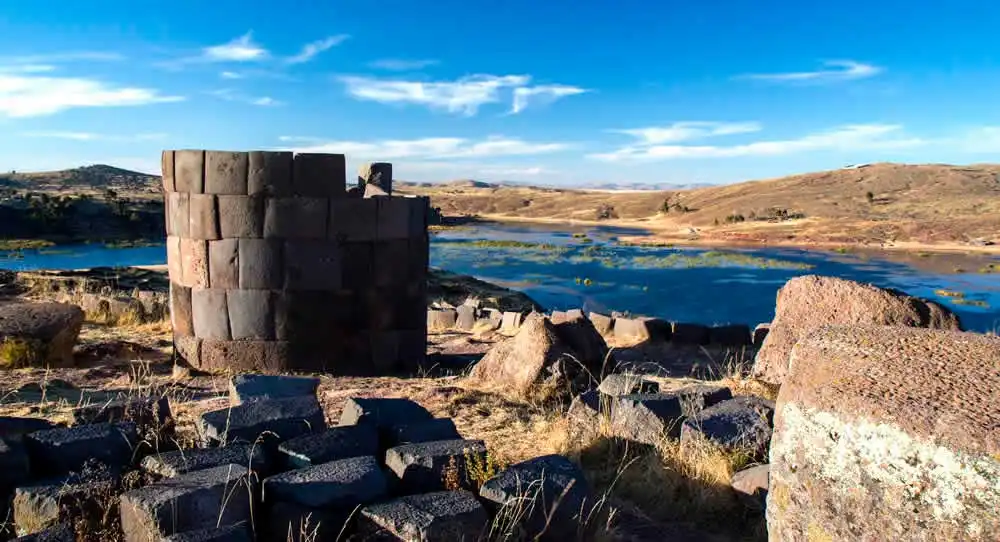
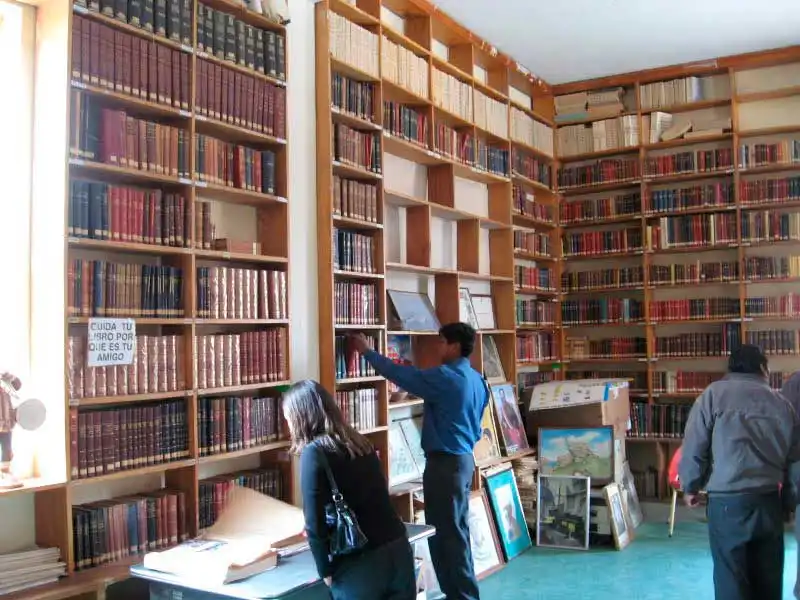
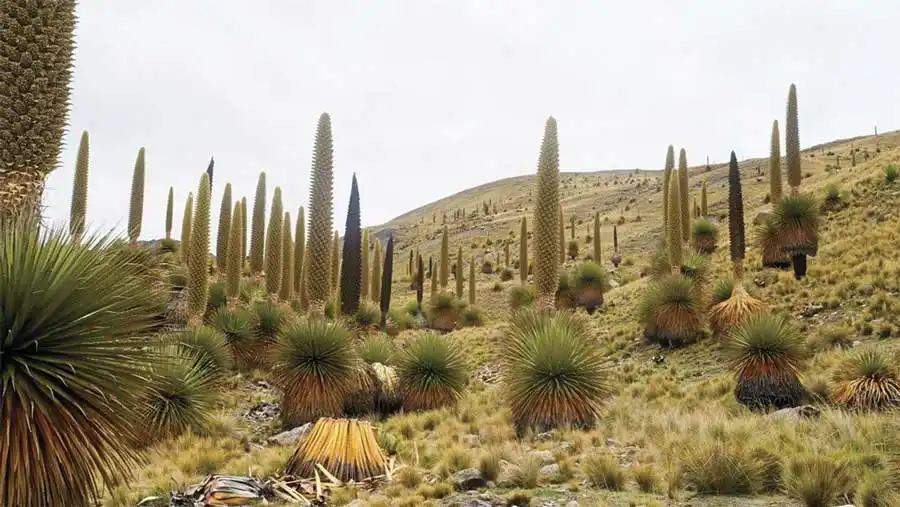
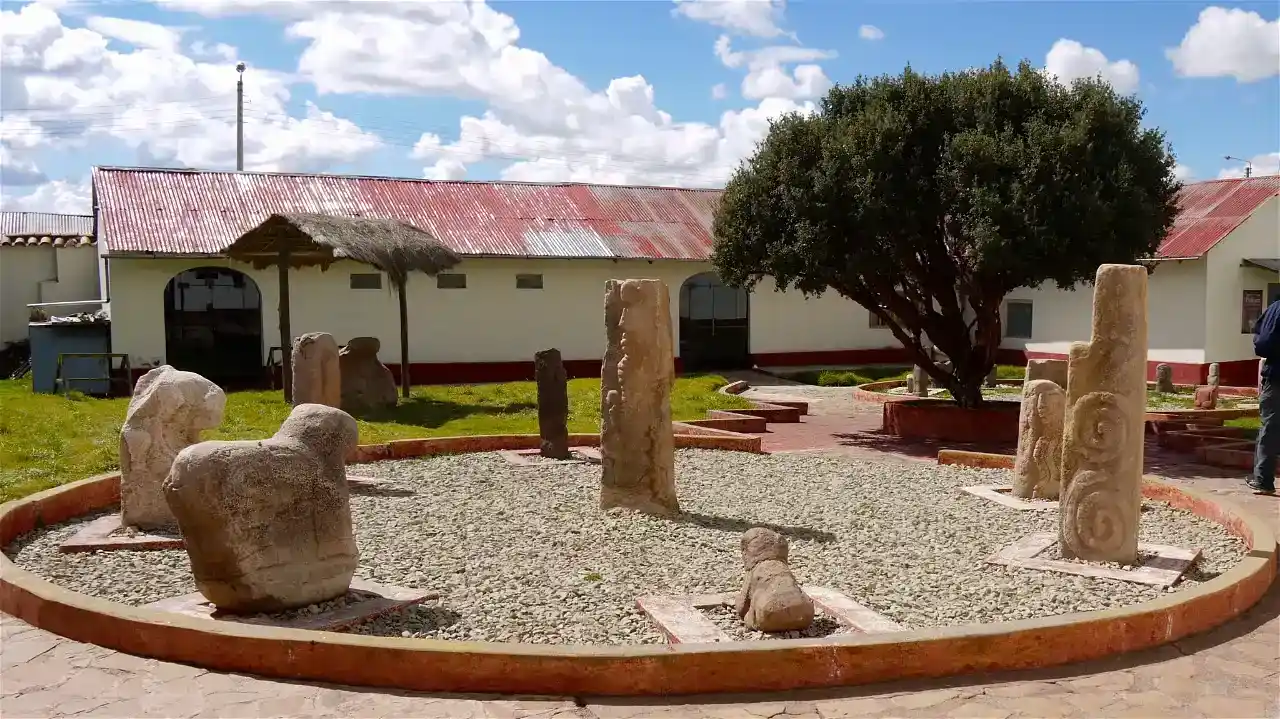
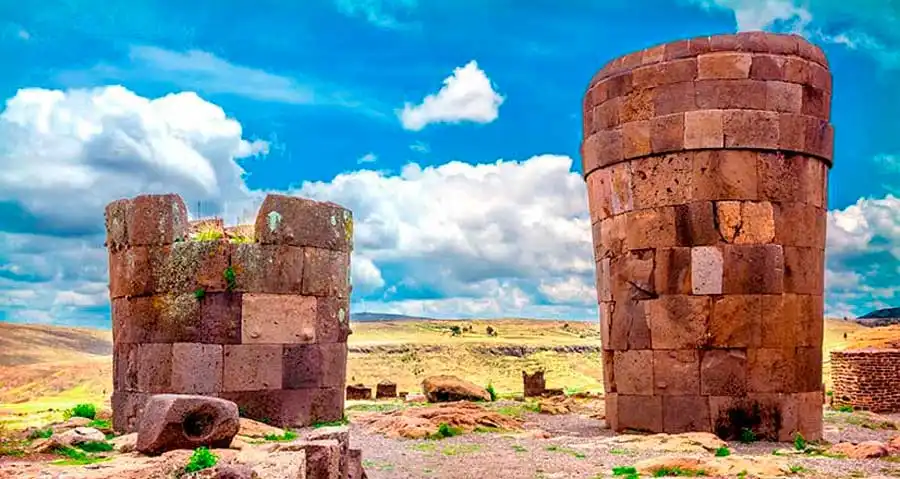
 TripAdvisor:
TripAdvisor: 